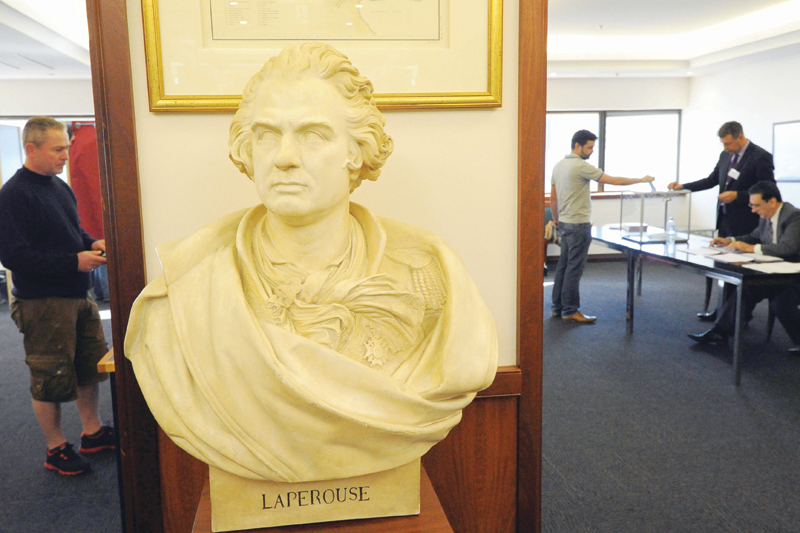

Sydney: An Indian seaman’s tale of being shipwrecked on a remote northern Australian island could shed light on the 230-year-old disappearance of a renowned French explorer, one of maritime history’s greatest mysteries, an anthropologist said on Thursday.
In 1785 Jean-Francois de Galaup de La Perouse was sent by King Louis XVI to chart the globe and map lands that had eluded English explorer Captain James Cook.
Three years later the explorer and his 220 crew were shipwrecked after setting sail from Botany Bay in New Holland — now Australia — in the direction of New Caledonia.
His two frigates were eventually found off the tiny Solomons island of Vanikoro, northeast of New Caledonia and locals said the survivors built a vessel to sail back to France.
After they left, they were thought to have vanished at sea. But the survival story of an Indian sailor, Shaik Jumaul, hints at a bloodier end for La Perouse and his crew — some 2,500 kilometres back towards Australia.
Jumaul’s tale, chronicled in The Madras Courier newspaper in 1818 but largely ignored until now, detailed the shipwreck of his merchant ship off northern Australia in 1814, according to Australian National University anthropologist Garrick Hitchcock.
Hitchcock, who detailed his research in The Journal of Pacific History, said the Indian sailor was marooned on Murray Island in the Torres Strait.
When he was rescued by merchant ships in 1818, he told the crew he saw cutlasses and muskets on the islands that were not English made, as well as a compass and a gold watch.
“When he asked the Islanders where they obtained these things, they related how approximately 30 years earlier, a ship had been wrecked on the Great Barrier Reef to the east, in sight of the island,” Hitchcock said.
But according to the testimony, the shipwrecked sailors were not given a warm welcome. “Boats with crew had come ashore, but in the fighting that followed, all were eventually killed, except a boy, who was saved and brought up as one of their own, later marrying a local woman.”
Hitchcock said he believed the seaman’s tale, mentioned briefly in a 2012 French book but dismissed as unreliable, could be true as it matched the chronology of the survivors’ attempt to return home. “Historians and maritime archaeologists are not aware of any other European ship being in that region at that time,” he added. — AFP
Oman Observer is now on the WhatsApp channel. Click here



